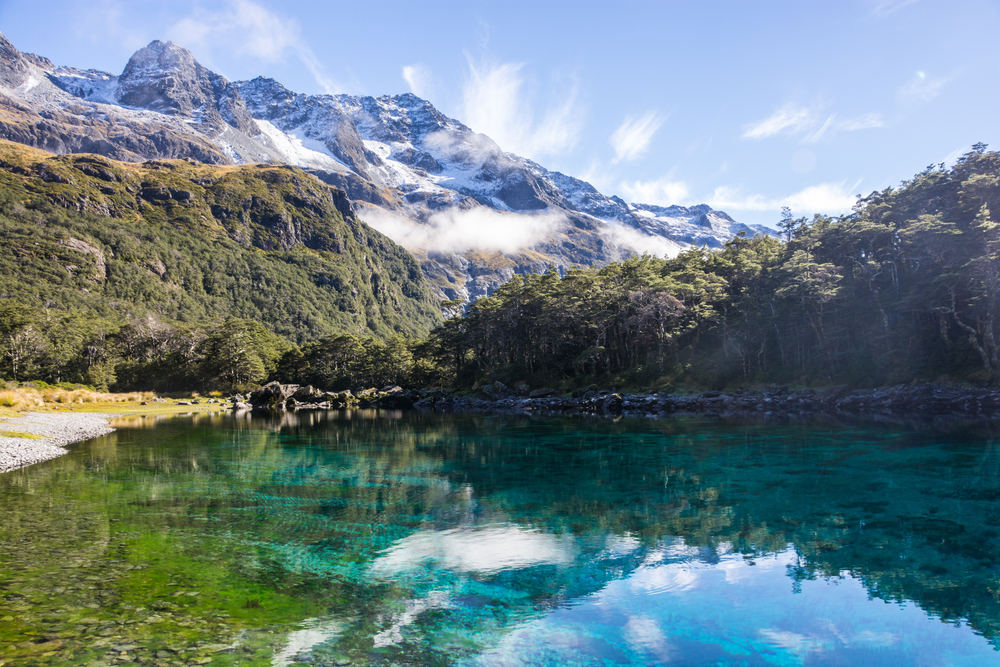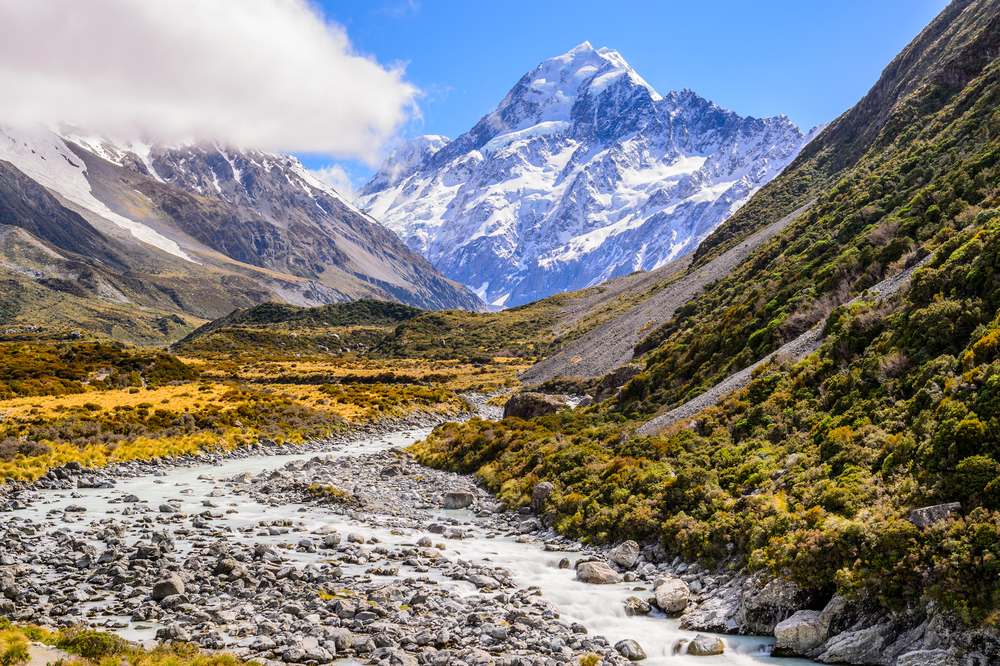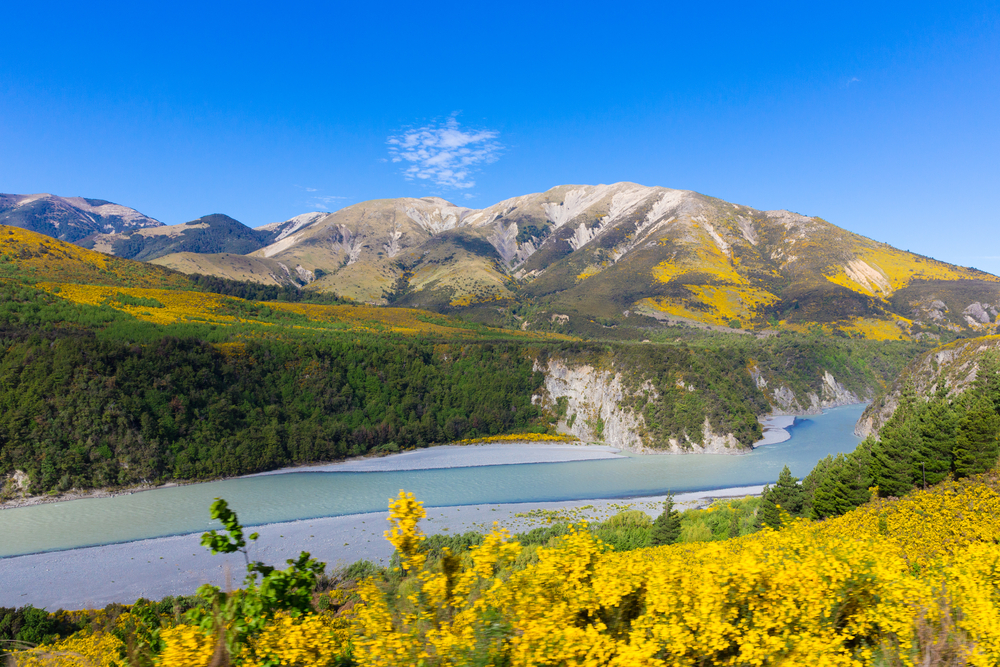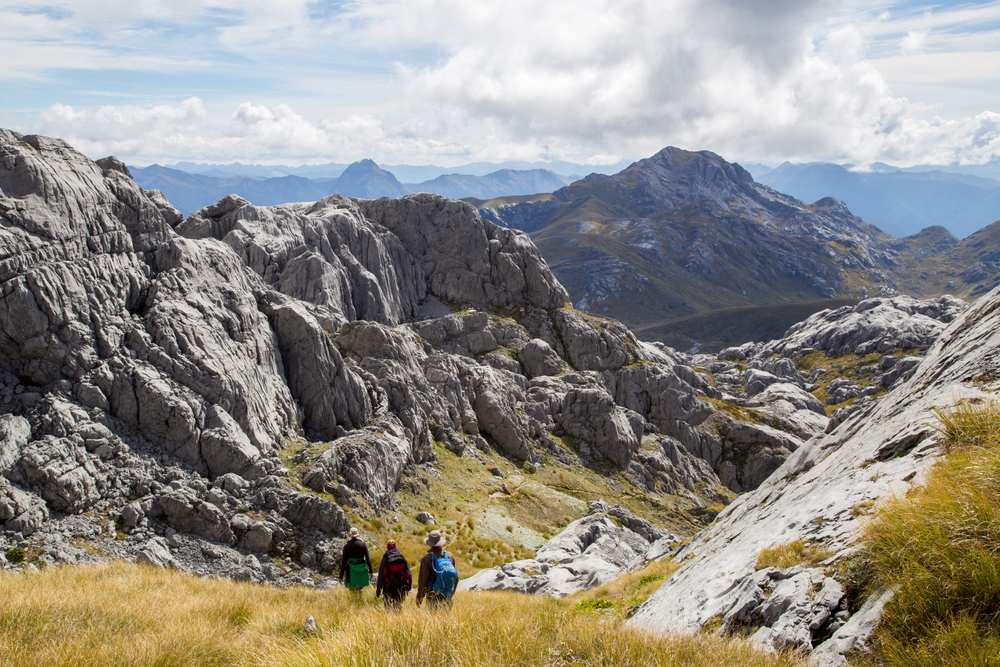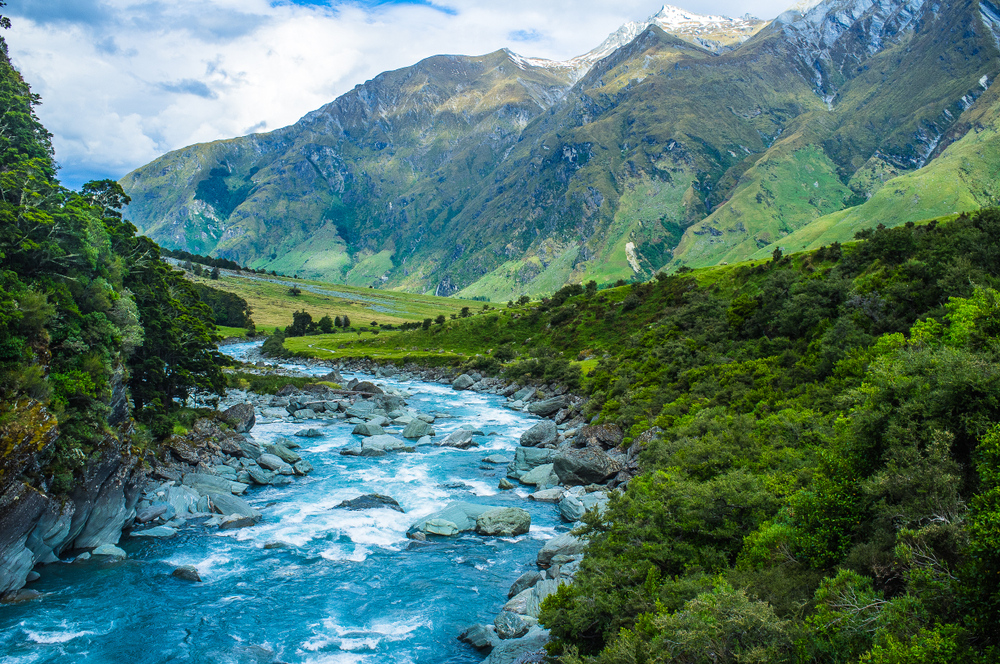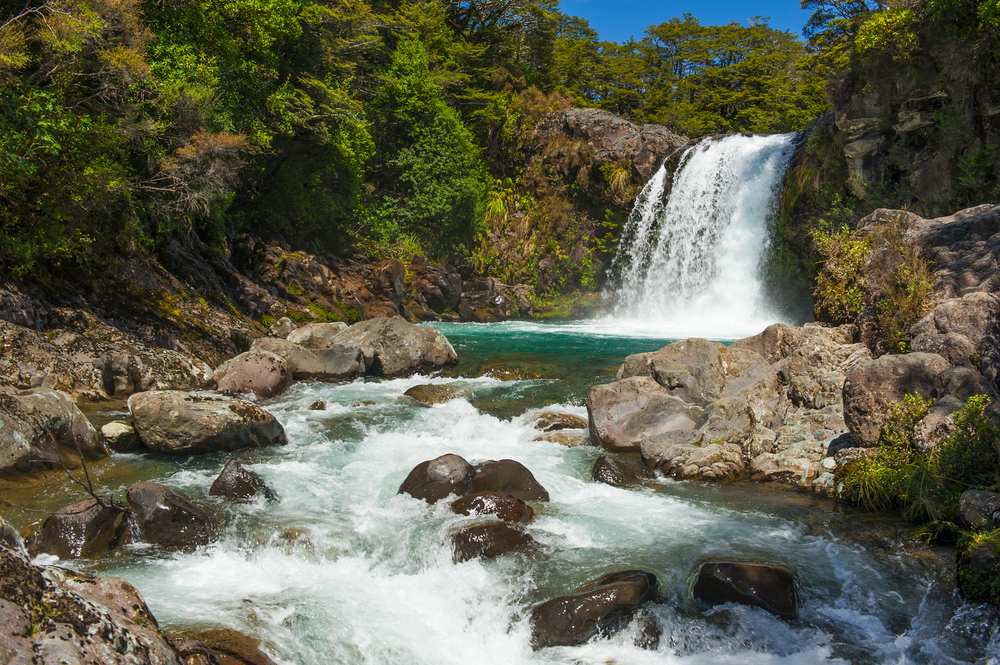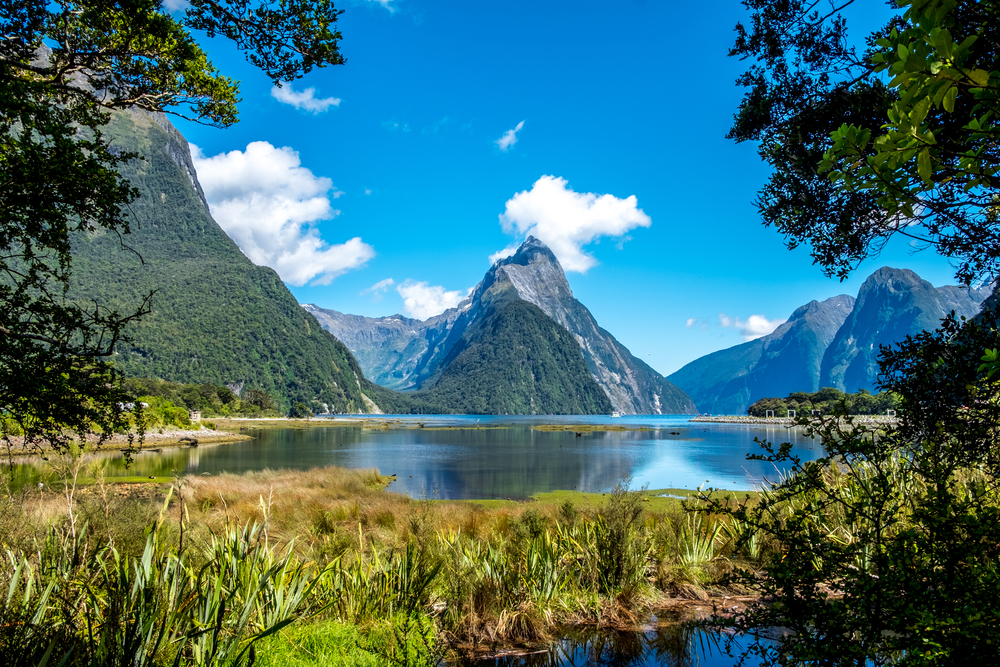Nelson Lakes Overview
Nelson Lakes National Park, known in the Māori language as Kahurangi o Te Tau Ihu, is a breathtaking protected area in the northern reaches of New Zealand’s South Island.
Encompassing approximately 397 square miles (1,020 square kilometers), the park is renowned for its striking alpine landscapes, glacial lakes, and lush beech forests. Located near the town of St. Arnaud, it forms part of the greater Southern Alps, offering visitors a mix of rugged mountain peaks, pristine waterways, and diverse ecosystems.
The park is centered around two stunning lakes, Rotoiti and Rotoroa, both formed by glacial activity and now serving as tranquil highlights for visitors. The surrounding mountains, including Mount Robert and the Travers Range, add to the park’s dramatic beauty, while waterfalls and rivers carve through the terrain, offering spectacular scenery throughout.
The park’s terrain varies from rolling foothills covered in beech forest to high alpine ridges where rock and tussock dominate. The lower elevations are thick with red and silver beech trees, providing crucial habitats for a variety of bird species.
As visitors ascend into higher altitudes, the vegetation shifts to alpine shrubs and hardy grasses, with snow-capped peaks forming a striking contrast against the deep blue lakes below. The park’s waterways, including the Travers, Sabine, and D’Urville Rivers, are essential components of the landscape, feeding into the lakes and sustaining a complex ecosystem. Lake Rotoiti, with its famous jetty, is particularly popular for photography, while Lake Rotoroa is a quieter, more remote alternative for those seeking solitude.
Nelson Lakes National Park is home to an array of wildlife, particularly bird species that thrive in its varied habitats. The park is a stronghold for native New Zealand birds, including the kea, an intelligent alpine parrot known for its curiosity and mischievous nature.
Other bird species include the bellbird, tui, and rifleman, as well as the elusive great spotted kiwi, which can occasionally be heard calling at night. The forests and wetlands also provide refuge for the South Island robin and kaka, another native parrot species.
While large mammals are not native to New Zealand, introduced species such as red deer and possums can be found in the park, though they are managed to prevent ecological imbalance. The park’s lakes and rivers are also home to brown and rainbow trout, making it a favorite spot for fishing enthusiasts.
One of the most popular features of Nelson Lakes National Park is its extensive network of hiking trails. The park offers a range of walks, from short lakeside strolls to multi-day backcountry adventures. The Travers-Sabine Circuit is one of the most well-known routes, taking hikers through breathtaking alpine scenery and along picturesque river valleys.
The climb to the summit of Mount Robert provides panoramic views of Lake Rotoiti and the surrounding mountains, while the more challenging Angelus Hut route leads trekkers to an idyllic alpine lake. Water-based activities such as kayaking and boating are also popular on the lakes, offering a peaceful way to experience the park’s beauty. In winter, the nearby Rainbow Ski Area attracts visitors for skiing and snowboarding.
Nelson Lakes National Park faces conservation challenges, primarily related to invasive species that threaten native wildlife. Efforts to control introduced predators such as stoats and rats are ongoing, with trapping programs in place to protect vulnerable bird populations.
The park is also part of New Zealand’s broader conservation initiative, with the Department of Conservation working alongside local community groups to restore native ecosystems. Successes include increasing populations of native birds through predator control and habitat restoration, as well as improved visitor education programs that encourage responsible tourism.
As a result, Nelson Lakes National Park continues to be a sanctuary for New Zealand’s unique flora and fauna while offering unforgettable experiences for those who explore its landscapes.








































































